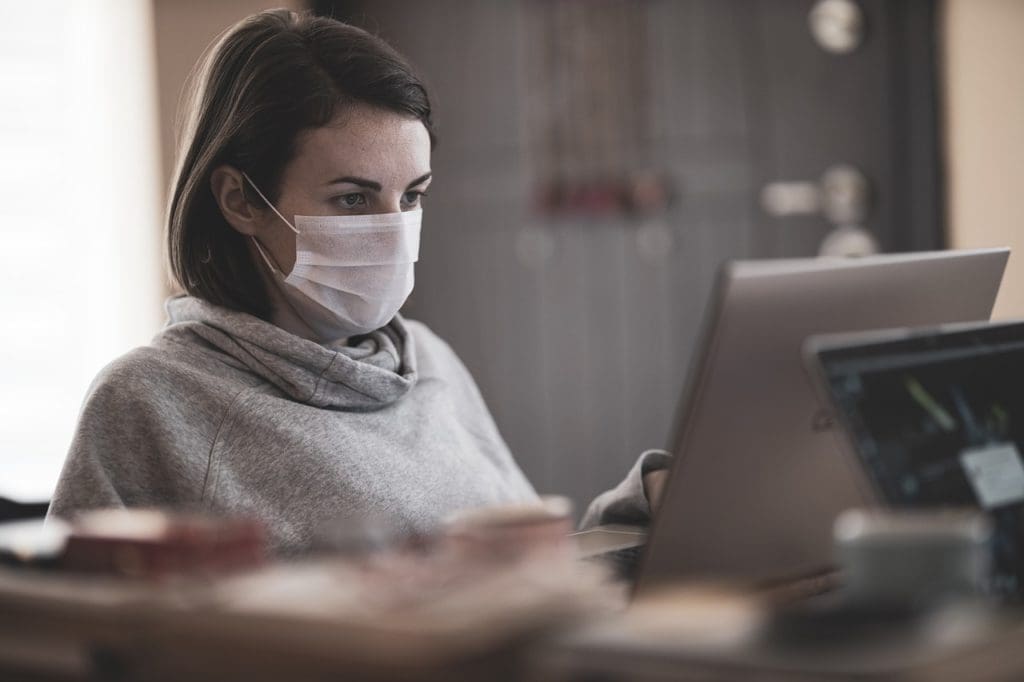COVID-19 has changed how we live and work. As we await the distribution of vaccines and a decline in case positivity rates, many employers are anticipating a return to work in the office. In making these return decisions, employers should be mindful to follow the guidance of the Centers for Disease Control (“CDC”) and state/local health authorities.
Employers must put employee and public health and safety at the forefront of its decisions and actions. Failing to provide a safe workplace could lead to the potential risk of liability or agency investigations. Federal agencies such as the Department of Labor (“DOL”) and Occupational Safety and Health Administration (“OSHA”) have received COVID-19 complaints during the pandemic which allege retaliation for COVID infections, inconsistency in the application of leave policies, non-payment of wages, and ineffective workplace safety.
Follow CDC Workplace Safety Guidelines
Equal Employment Opportunity (“EEO”) laws – including the Americans with Disabilities Act and Rehabilitation Act – continue to apply during the COVID-19 pandemic, but they should not prevent employers from following the guidelines and suggestions made by the CDC or state/local public health authorities about COVID-19 safety and prevention. Employers should remember that guidance from public health authorities is likely to change as the COVID-19 pandemic evolves. Therefore, employers should continue to follow the most current information on maintaining workplace safety.
Implement Remote Work and Social Distancing Policies
Many companies have embraced the most effective control against the spread of COVID-19 –switching to remote working arrangements. By keeping workers physically apart from each other, many organizations have avoided workplace transmission of the coronavirus. However, there are many organizations that are unable to accommodate a complete shift to remote work arrangements.
Personal Protective Equipment (PPE) is not a perfect solution for preventing the spread of coronavirus in the workplace. Indeed, it should be treated as the last line of defense. The single greatest control measure for reducing the risk of COVID-19 is keeping employees from coming into close contact with others. This can be achieved through remote work arrangements, shift staggering, and/or other layout adjustments in the workplace (e.g., desk and work area spacing).
Employers seeking to return to a more traditional office setting will need to rethink how their employment policies can better mitigate the risks associated with an airborne virus. When telework is not ideal or practical physical interaction among different working groups should be kept to a minimum. Staggering your workforce or having employees make appointments to be in the office keeps person-to-person interactions are effective strategies. By operating in this manner, employers will be able to control exposure and physical interaction more effectively in the workspace by knowing exactly where and when employees will be in the building. This type of staggered scheduling can also assist in contact tracing your employees in the event of an infection.
Develop Coronavirus Screening Protocols
To reduce the risk of exposure, employers will need to develop entrance/screening protocols. This can be done by using self-assessment questionnaires followed by temperature screening upon entry. Employers also need to be mindful that as the pandemic continues to evolve, identified screening questions will need to be updated regularly. Additionally, workplace hygiene and other safety practices have become essential – placing hand sanitizer in multiple locations and having readily accessible disinfecting supplies for frequently touched surfaces. Employers who have implemented daily temperature checks distributed PPE, and engaged in fact-based communication on the importance of physical distancing will be more successful in protecting employee health.
Communicate New Workplace Safety Protocols to Employees
In your return-to-work discussions, employers should consider the development of the following policies and practices:
- Screening Protocols: Self-assessment questionnaires and temperature checks
- Failed Screening Protocols: Process to address a failed screening to include keeping a record, isolating the employee, contact tracing, and offering appropriate assistance to the employee
- Contact Tracing Protocol: Consultation with health officials and confidentiality
- Face Covering Protocol: Outlines face-covering requirements when working in the office
- Social/Physical Distancing Policy: Limits to in-person meetings, use of alternatives for collaboration, reconfiguring break room and other spaces
- Personal or Work-Related Travel Policy: The safest course of action is to require self-quarantine and have the employee work from home. Employers may require a negative test result upon return from personal leave where travel is otherwise restricted, or a travel advisory is in place
Effective communication of these protocols will enable employers to enforce any violations, if necessary. Placing an emphasis on effective infection prevention safeguards and regular communication with your employees will help businesses adapt to changes brought on by the pandemic.
Implement Your New Workplace Safety Guidelines Quickly and Properly with MBM Law.
Employers who follow public health guidelines protect their employee’s health and ultimately, their business. Continue to check your state and local executive orders and consult legal counsel to ensure you are following the most updated guidance. The MBM Human Resources Compliance & Strategic Counseling group is prepared to help you develop effective return-to-work policies.


